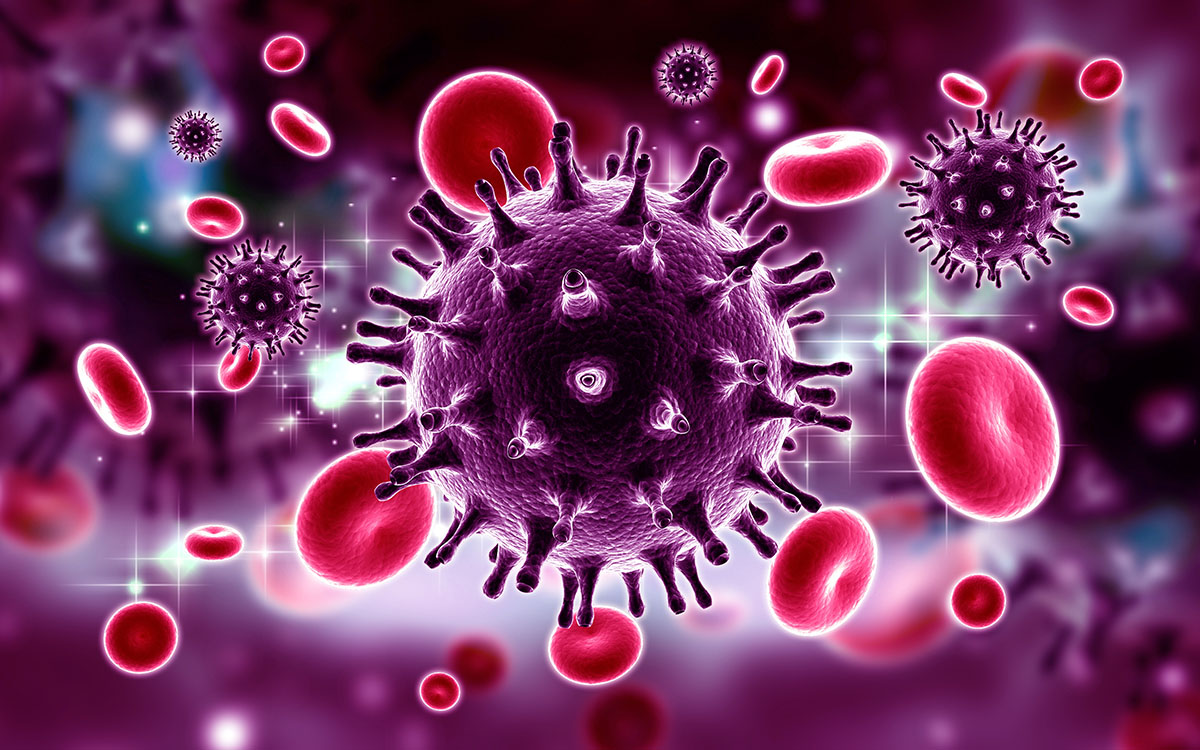Study finds most at-risk populations for HIV discussing subject in negative, risky ways got most social media attention

LAWRENCE — As the old saying goes, bad news travels fast. Research shows that saying holds true when it comes to young men discussing HIV on social media. An analysis of viral tweets from young men and adolescents, the most at-risk group for new infections in the United States, revealed a wider propagation and greater audience engagement for tweets entailing a negative message — particularly, tweets using humor to stigmatize people or promote risky behaviors.
Adolescents and young adults account for more than 21% of new HIV infections in the United States, and most of those cases are among young men. Research from the University of Kansas analyzed how the population is discussing the topic on X, formerly Twitter, a social media platform where young people regularly create and consume information. Researchers argue understanding how the population is discussing the topic can help design more effective health campaigns to reach them.
Yunwen Wang, assistant professor of journalism & mass communications at KU, researches how people discuss health online and how social media, misinformation and disinformation shape those conversations. In a new study, Wang and co-authors identified more than 6,400 young male Twitter users ages 13-24 to understand how they were discussing HIV. They analyzed the most retweeted and favorited tweets from that sample.
“In an ideal world, each post going out to the wild should receive equal weight by the algorithm and receive equal exposure and be seen by the same number of people. In reality, we know it’s exactly the opposite,” Wang said. “We have posts that got more popular, posts that get so popular that they became viral. So that's exactly the subsection of content we are looking at here, viral tweets on HIV.”
Analysis of those messages showed three main themes: Othering, politics and activism, and risk and wellness. Those featuring the othering theme often used derogatory speech or stigmatizing humor to describe people with HIV, LGBTQI+ individuals, sexual minorities and at-risk groups were the most common, at 38% of the sample. Whether the derogatory speech was the reason the messages were retweeted or became more popular, the effect is more people see them.
“There's this idiom that a lot of people probably know, which is bad news travels further or faster. That was the same for this kind of problematic speech, 'othering' tweets. And even though they are problematic, they received more attention, for good or bad, and made more impacts that can create a ripple effect,” Wang said.
Politics and activism tweets accounted for 34% of the sample. The messages promoted awareness and anti-stigma about HIV and sexual violence, LGBTQI+ and women’s rights, organizing against injustice or even used public health terms to argue for equality and representation for people living with HIV.
Tweets featuring the theme of risk and wellness were the least common at 29%, though a greater proportion of those were in the risk category, including discussion of sexually risky behavior, than those featuring discussion of wellness or health promotion.
The study, written with co-authors Jacqueline Ann Bannon of Northwestern Memorial Hospital, Natalia Roszkowska of Cornell University, Robin Stevens and Essence Lynn Wilson of the University of Southern California; Stephen Bonett and Nadia Dowshen of the University of Pennsylvania; and Elizabeth Lazarus of Johns Hopkins University, was published in the journal BMC Digital Health.
As young people, especially young men, make up the majority of new HIV infections in the U.S. and have grown up with social media and consume much of their information from social media, understanding how they discuss the topic there is vital, the researchers argue. Analysis of what kinds of messages get the most reach through the algorithm that places them in front of more people can help design health campaigns that are effective and address topics that at-risk populations care about. And social media provides unique opportunities for research.
“I work a lot with social media, because there is less limit with geographical boundaries,” Wang said. “I get to study different voices across the U.S., and there are also natural language processing tools that can help us estimate or detect where people self-reported to be geolocated.”
Wang’s larger body of research explores how people discuss health online, including the use of mis-/disinformation and how technologies like machine learning can detect where messages originate, common features and how understanding discourse can inform health practitioners and health communicators.
The findings of the current study and previous research indicate the social acceptability of high-risk behaviors is high among young males on social media and that practitioners should have a plan to combat stigma, misinformation and disinformation.
“I see misinformation and disinformation as two bubbles. Misinformation is the larger bubble, and disinformation is a smaller bubble contained within it. If the post author intends to use misinformation to attack a certain group, that makes it even more problematic,” Wang said. “My research has identified much misinformation and disinformation in health language online. If we look at the high exposure rate of these types of information to the young population, it actually poses threats to the level of accuracy of the information they receive, what beliefs and attitudes they form and thereafter, what kind of health behavior they engage with. So, I see my research as a window to understanding these discourses, their impacts and then making suggestions about how we can potentially combat these kinds of misinformation, to build a space that's safer, more secure and also able to unite different sub population groups.”